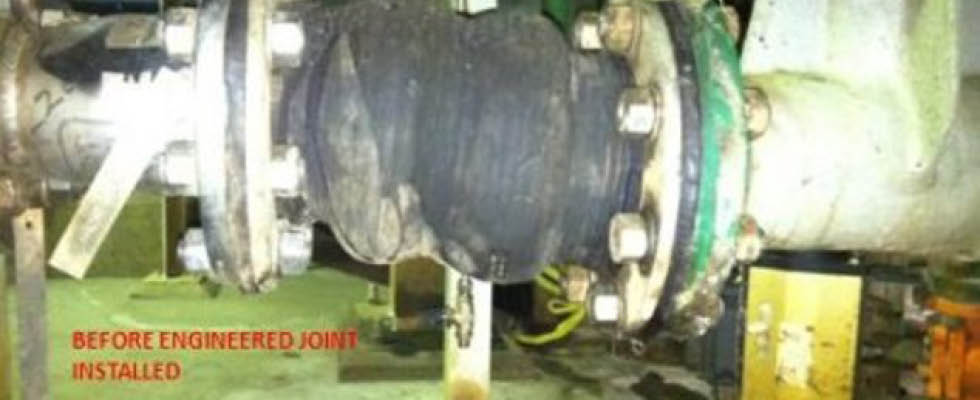
Performance expansion joints offer excellent spring rates and movements, high-quality and fully tested designs and materials that ensure safe and reliable piping systems. Designed with versatility in mind, performance expansion joints allow end users to reduce inventory and take the guess work out of deciding which joint to use by offering an expansion joint rated for full vacuum for the suction side of a pump, as well as pressure ratings for the discharge side of the pump. Backed by validation testing, performance expansion joints would be among some of the industry’s safest and most reliable expansion joints.
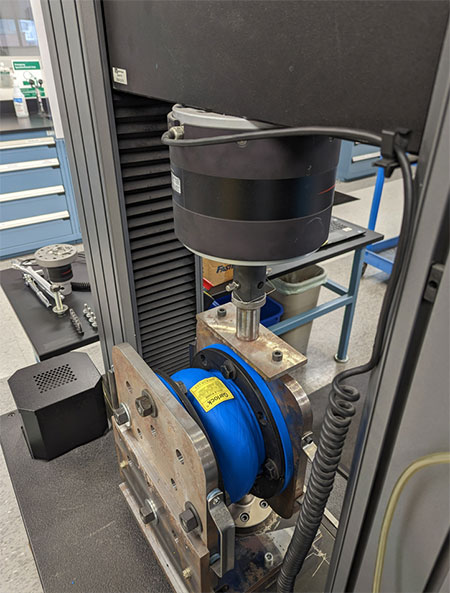
Why Validation Testing Is Critical
There are three key areas where functional testing can make all the difference when validating a design for specific end use: thermal movement, vibration isolation and equipment settling.
1. Thermal Movements
Sections of pipe will expand and contract with temperature changes, which can put stress on pipe anchors and the pipe wall itself. Thermal expansion and contraction can be mitigated with expansion joints designed to handle the movement and remove stress from the piping, pumps and nozzle loads.
2. Isolating Pumps & Vibration
Expansion joints can be used to isolate any equipment or structure from the pipelines feeding into or out of the equipment. During normal operations, equipment produces heavy vibration which can cause undue stress on piping. Expansion joints can be installed to dampen vibration and ensure critical equipment is not damaged.
3.Settling in Old Plants
Aside from brand new construction, upkeep in older facilities requires constant maintenance where alignment between equipment is never perfect. Expansion joints can be manufactured and designed to compensate for pipe movements and settling (compression, elongation and lateral misalignment) without the need to perform costly rework on piping.
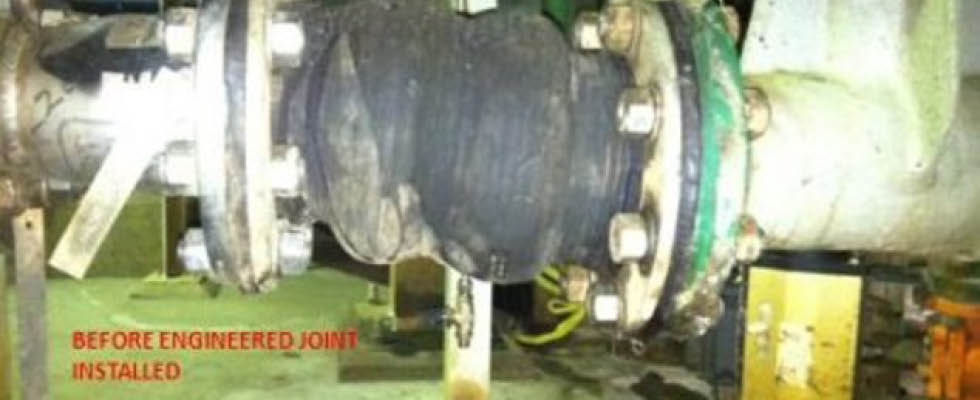
What Is Your Expansion Joint Capable Of?
This is a core question end users who value safety, service life and uptime should be asking themselves. Performance ratings are assigned to every expansion joint based on its design. Rigorous testing should be performed to validate these ratings are accurate and meet the Fluid Sealing Association expansion joint standard.
Validation testing of expansion joint performance ratings such as pressure/vacuum, movement, spring rates and material compatibility can be the difference between a long-lasting expansion joint and one that will leak or fail at a critical time, posing a significant safety hazard.
Designing the best-in-class performance expansion joint requires a vigorous test and validation methodology. Theoretical designs and calculations are used to establish expansion joint ratings, but to ensure the end user is getting a highly rated expansion joint, several destructive and nondestructive tests need to be performed to validate published ratings.
Fluid Sealing Association standard testing includes hydrostatic and vacuum testing, cycle life testing and American Society for Testing and Materials (ASTM) testing, but it stops if there is a disservice to the user where safety and longevity are at stake.
What better way to know the actual service life of an expansion joint than testing the durability of the product at its most extreme conditions? Durability testing is the true test of the robustness of an expansion joint design. The test most accurately simulates the cycle life/service life of an expansion joint. The expansion joint is subjected to the maximum pressure rating and temperature rating and is then cycled between maximum rated compression and elongation movements. This simulates the effects of wear during cycle life in the possible worst-case conditions.
Another favorable way to push an expansion joint to its limit is destructive blow out testing. The expansion joint is pressurized until failure or where blow out occurs. This is a universal test designed to simulate a pressure surge and establish a factor of safety.
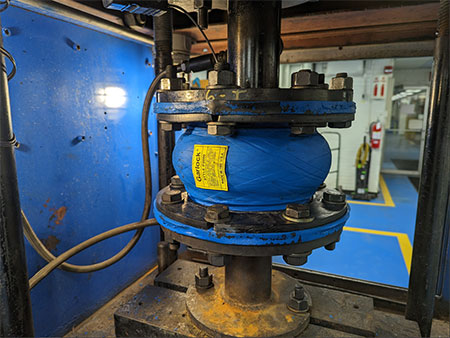
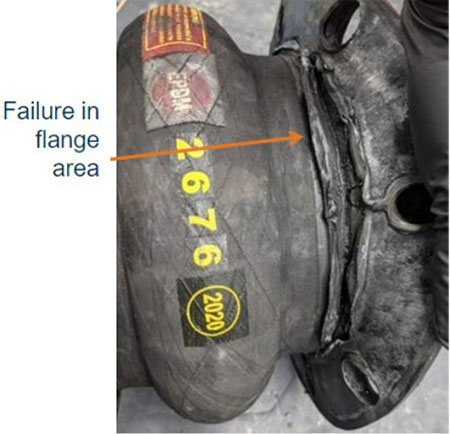
Why Is This Important?
Safety is the top priority for every expansion joint manufacturer and all end users. The buyers, engineering, procurement and construction (EPC) engineers, pipeline designers and facility maintenance management teams rely on expansion joint providers to ensure performance ratings are more than just a formula used to derive the numbers. Many expansion joints have caustic chemicals passing through them at elevated temperatures that will pose an immediate threat to any operator working close to them should the part catastrophically fail.
Validation testing provides peace of mind that if the expansion joint is operating within the allowable temperature, pressure/vacuum and movement ratings and has a tube material that is compatible with the media, the expansion joint will offer an excellent service life and, most importantly, will keep employees safe while avoiding costly downtime.
Doing More With Fewer (Employees)
Expansion joints are often a forgotten sealing component found in piping systems. Unfortunately, many end users do not recognize how critical an expansion joint can be until a failure occurs. With maintenance and engineering teams stretched thin, end users need to rely on and trust that the parts they have specified based on fluid sealing manufacturers’ recommendations will operate as designed—proven validation testing can remove some of the burden of specification due diligence from an operations team.
The End Goal
The buyers, EPC engineers, pipeline designers and facility maintenance management teams need to have the full picture of their expansion joints to ensure they are making a fully informed buying decision. Having a full understanding of testing and ratings will allow the end users to ask the right questions and have the confidence they need while purchasing an expansion joint. There are many options to choose from when selecting an expansion joint, but having a versatile option backed by validation testing will provide ease of mind and certainty that the data sheet matches the actual performance of the product received.
The last call a manufacturer wants to receive is that a part failed, damaging a critical area of the piping system and posing a major safety hazard in their facility. The main objective to designing a performance expansion joint is to provide the user with a best-in-class expansion joint backed by real world validation testing to ensure it is one of the safest and most reliable options on the market.
Ask yourself: What is your expansion joint capable of?
We invite your suggestions for article topics as well as questions on sealing issues so we can better respond to the needs of the industry. Please direct your suggestions and questions to sealingsensequestions@fluidsealing.com.


